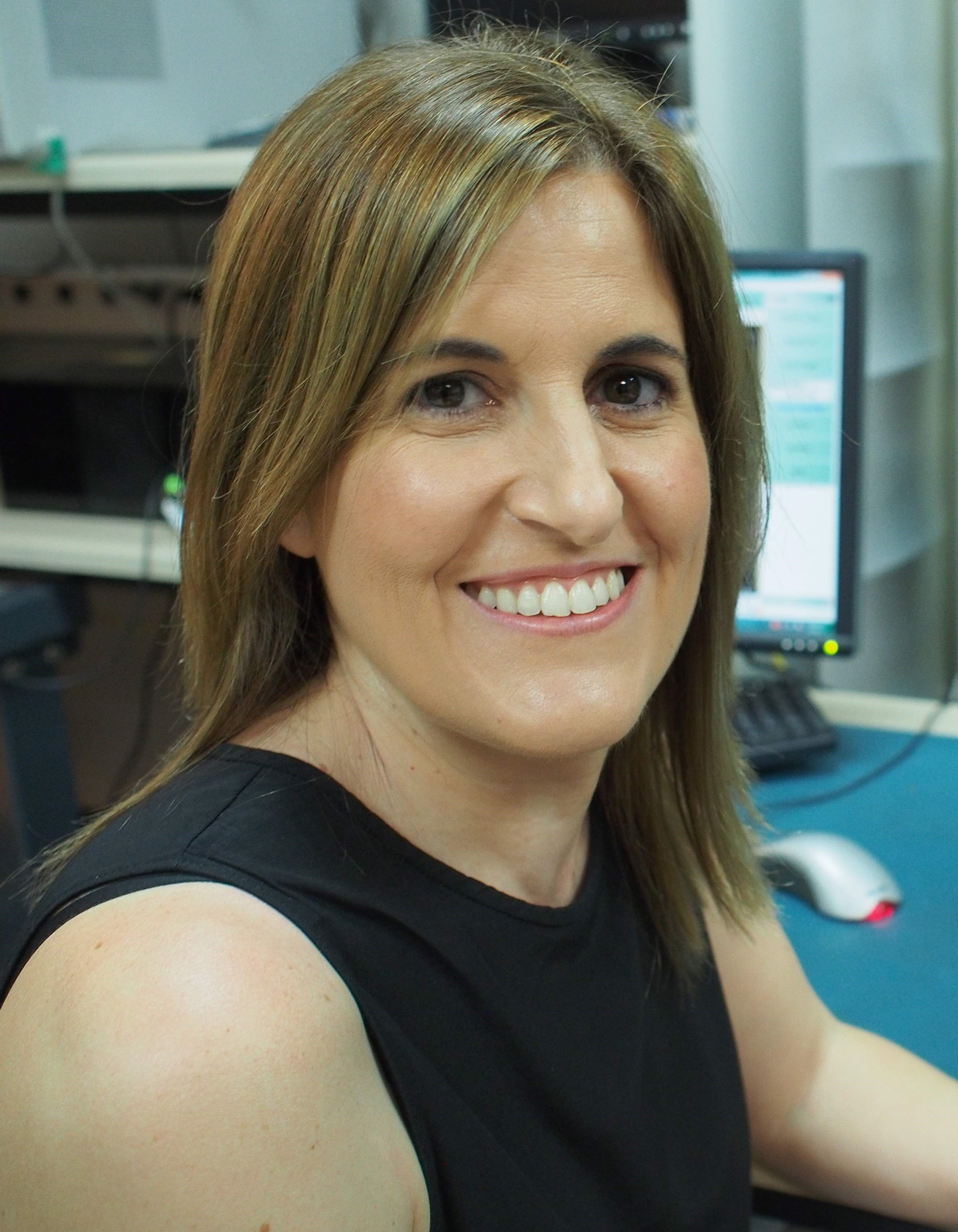Eva Antonino-Daviu

Eva Antonino-Daviu received her M.S. and Ph.D. degrees in electrical engineering from Universitat Politècnica de València, Valencia, Spain, in 2002 and 2008, respectively. In 2005, she joined the Communications Department at Universitat Politècnica de València as Assistant Professor, and in 2021 she became Full Professor at this University. In 2005 she joined the Antennas and Propagation Lab (APL) in the Institute of Telecommunications and Multimedia Applications (iTEAM). At iTEAM, she served as Vice-Director of Research between 2016 and 2019. In 2019, she became Secretary of iTEAM.
In 2005 she stayed as a guest researcher at the Department of Antennas & EM Modelling of IMST (Kamp-Lintfort, Germany), at the Laboratory of Electronics, Antennas and Telecommunications (LEAT) of the University of Nice Sophia-Antipolis (France) in 2018, and at the ATHENA Group of the Georgia Institute of Technology (Atlanta, GA, USA) in 2019, working on additive manufacturing techniques for antenna design.
Her current research interests include characteristic modes, small antennas, wideband and multiband antenna design, and antenna design for MIMO, IoT and mm-wave applications. She has been working with the application of characteristic modes to antenna design since 2003 and has proposed significant designs of antennas for modern applications based on CM.
In the last years, her research on CM is focusing on the design of electronic-integrated antennas for IoT devices and inkjet-printing technologies for antenna design. Eva Antonino-Daviu has published more than 200 papers in renowned journals and conferences in the field of antennas and propagation, as well as 2 book chapters.
Eva Antonino-Daviu is a member of the IEEE Society and a EurAAP delegate. She serves as Associate Editor of IEEE Transactions on Antennas and Propagation, and IEEE Antennas and Propagation Magazine. Between 2018 and 2021 she led the EurAAP working group on Small Antennas. Eva Antonino was the recipient of 2019 IEEE AP-S Lot Shafai Mid-Career Distinguished Achievement Award, for her contribution to the systematic design of antenna systems for practical applications using characteristic modes and promoting access of women to engineering.
Understanding the Dynamics of Antenna Design: A Journey through Characteristic Modes
Characteristic modes (CMs) have garnered significant interest in antenna analysis and design over the past two decades, as they provide a robust framework for analyzing and comprehending the behavior of intricate antenna systems. This talk will provide a concise overview of the evolution, current state, and future prospects of characteristic modes.
In the past, characteristic modes emerged as a mathematical tool for decomposing the behavior of radiating structures into a set of orthogonal modes with distinct radiation properties. Their utility expanded rapidly, finding applications in diverse areas such as radar cross-section analysis, antenna design optimization, MIMO systems and microwave circuit analysis.
In the present, characteristic modes continue to play a significant role in both theoretical research and practical applications. With advancements in computational methods and numerical algorithms, CM analysis has become more accessible and efficient. Researchers are exploring novel applications of CMs in fields such as metasurfaces, metamaterials, and quantum systems, pushing the boundaries of their applicability.
Looking towards the future, characteristic modes hold promise for further innovation. As the demand for efficient and reliable modeling techniques grows and novel materials with advanced electromagnetic properties emerge, CMs are poised to contribute to emerging technologies such as reconfigurable antennas, smart reflecting surfaces, and advanced sensing platforms.
Characteristic modes represent a rich and evolving area of research with broad implications across multiple disciplines. By tracing their historical development, examining their current state, and envisioning future directions, the talk will provide insights into the enduring relevance and potential impact of characteristic modes in the years to come.
